My Oil Tank is Leaking! What Should You Do Next?
Contents
My Oil Tank is Leaking! What Should You Do Next?
If you’ve discovered a leak in your oil tank, you’re likely feeling a mix of panic and concern. It’s crucial to act quickly to minimize potential damage to your property and the environment. In this post, we’ll provide you with immediate steps to take, ensuring your safety and addressing the leak effectively. From assessing the situation to safeguarding the area and arranging for repairs, we’ve got you covered. By following these guidelines, you’ll not only manage the current leak but also understand how to prevent future issues.
Why Is It Important to Address an Oil Tank Leak Immediately?
Oil tank leaks can have serious implications, including environmental hazards and costly property damage. Here’s why immediate action is vital:
- Environmental Impact: Oil spills can severely affect local ecosystems and groundwater.
- Health Risks: Leaking oil can lead to harmful fumes and exposure risks for you and your family.
- Financial Cost: The longer you wait, the more extensive the damage and the higher the repair costs.
Step 1: Prioritize Safety
The first priority during any emergency is to ensure your safety and that of others around you. Here’s what to do:
- Evacuate the area if you smell strong fumes or detect a significant leak.
- Turn off any ignition sources nearby to prevent fire hazards.
- Wear protective gear if you need to inspect the leak.
Step 2: Assess the Leak
Once it’s safe to approach the tank, assess the situation:
- Identify the Source: Check if the leak is coming from the tank itself or the pipes.
- Evaluate the Damage: Look for visible puddles or oil stains around the area.
- Take Photos: Document the situation for your records and to inform professionals.
Step 3: Temporary Containment
If possible, take steps to contain the leak temporarily:
- Use Absorbent Materials: Place absorbent pads or sand around the leak to soak up the oil.
- Seal Off the Area: Prevent access to the contaminated zone to keep others safe.
Step 4: Report the Leak
It’s crucial to bring in the professionals. Here’s who to contact:
- Contact a Licensed Technician: Look for specialized oil tank repair services.
- Notify Local Authorities: Depending on your area, you may need to report the spill to environmental agencies.
Step 5: Arrange for Repair or Replacement
After assessing the situation and containing the leak:
- Request a professional inspection to determine if a repair is feasible or if replacement is necessary.
- Discuss your maintenance options to avoid future leaks.
- Consider scheduling regular checks of your oil tank to catch potential issues early.
Step 6: Prevention is Key
Once you’ve handled the immediate emergency, focus on leaks prevention:
- Inspect your oil tank regularly for wear and corrosion.
- Ensure proper installation and maintenance of your oil system.
- Read about oil tank regulations and best practices from The Environment Agency to stay compliant.
Taking these preventive steps can save you time, money, and stress in the long run.
In conclusion, a leaking oil tank can be a serious issue, but with the right knowledge and prompt action, you can minimize its impact. From understanding the importance of immediate safety to arranging professional help, you are taking proactive steps to safeguard your home. Remember, after addressing the leak, adopting a maintenance plan is crucial for long-term prevention and peace of mind.
Spotted a leak in your oil tank? Call our expert team today: Contact Us.
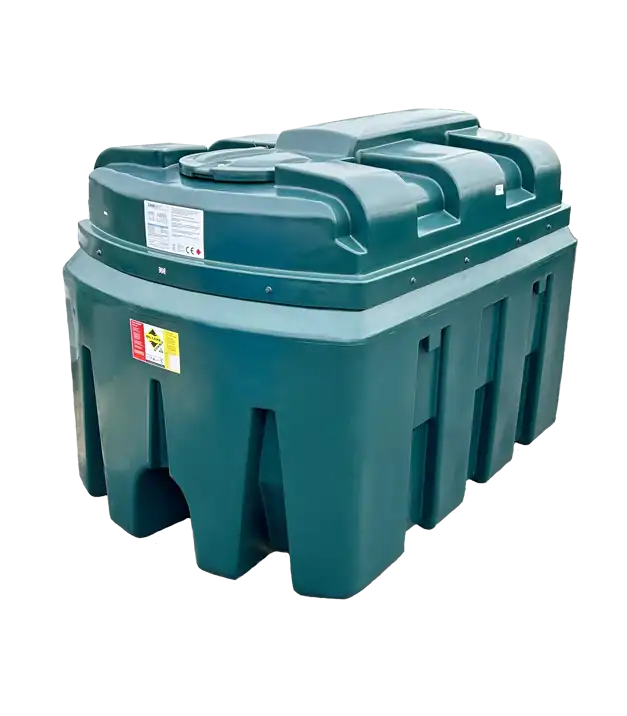
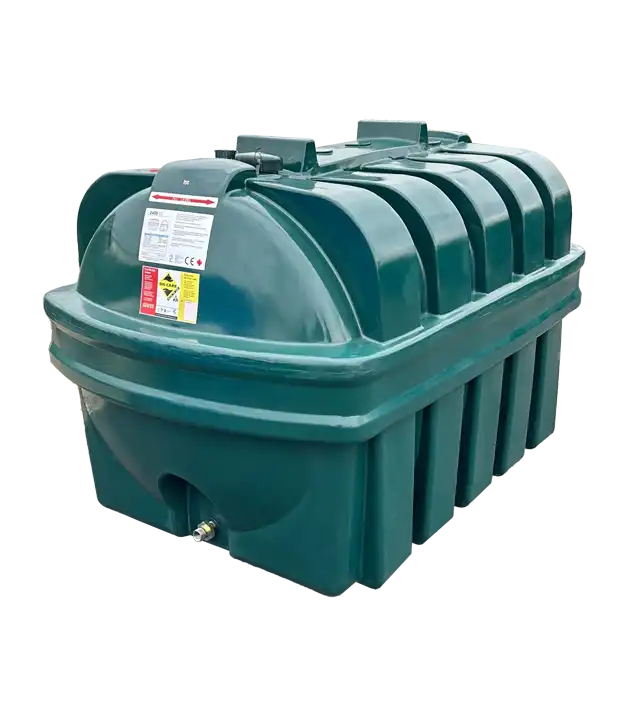

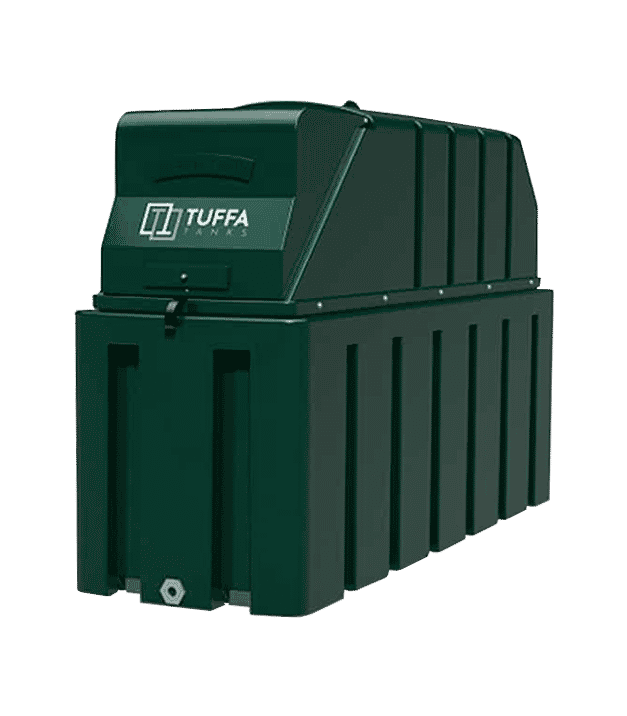
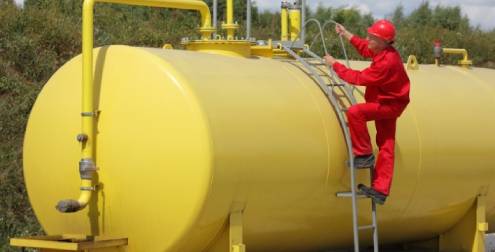
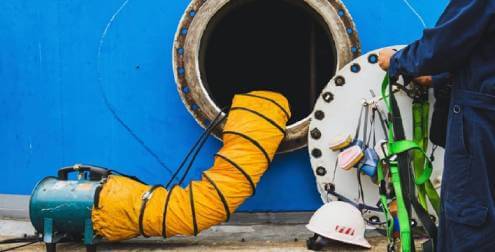
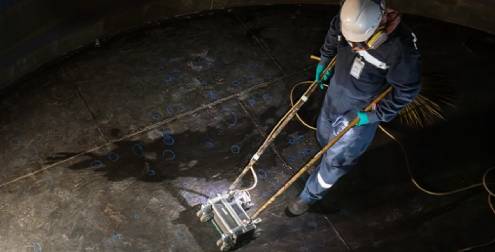
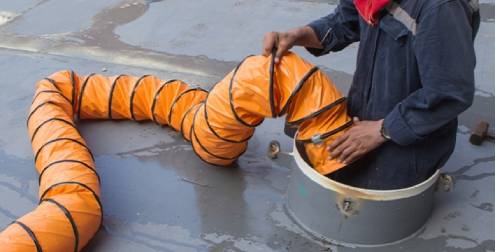
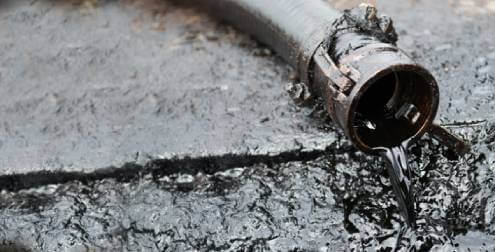
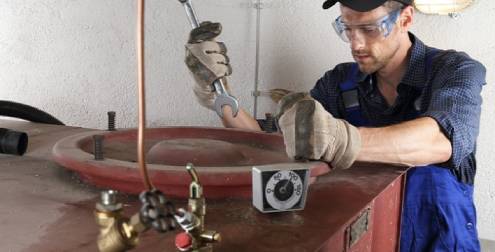

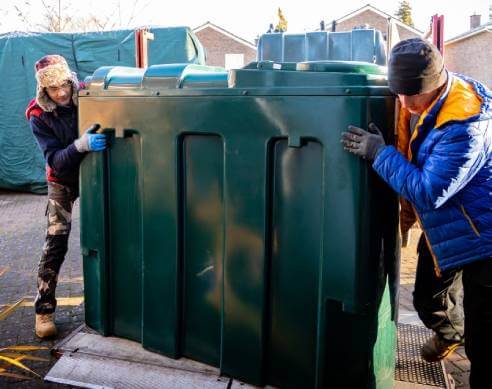
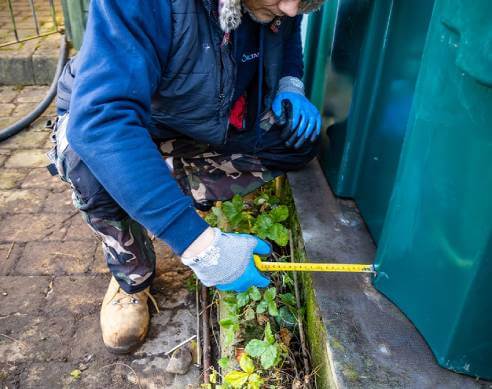


Share This: